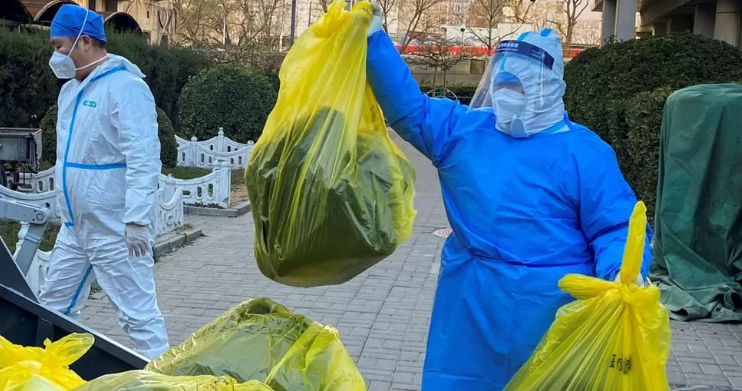(BBC News) If you want to know what the government’s COVID plan is in China, look at what it does rather than what it says.
Take Beijing for example.
There has not been a significant drop in infections, yet public transport now no longer requires a PCR test result, bars and restaurants are slowly re-opening, and in some cases people are being allowed to isolate at home after catching COVID instead of going into centralised quarantine facilities.
So when you examine what is happening here right now, the trajectory seems clear – the government appears to have quietly dumped zero COVID as a goal.
This does not mean that all COVID-related restrictions have ended. It also does not mean some restrictions won’t be around in, say, half a year.
But the stated goal of reducing each outbreak to zero new infectious? Gone.
The new plan appears to be to slow the spread of the virus, hopefully enabling the health system to cope, rather than trying crush the disease.
This may involve monitoring the virus as it spreads in an attempt to manage the flow of infections, serious illness and deaths.
At times it may also mean the reimposition of certain measures, but cities will not have to record zero cases to remain open.


